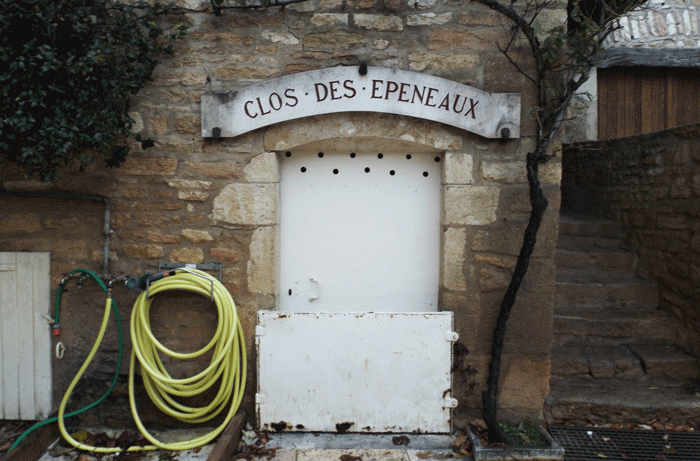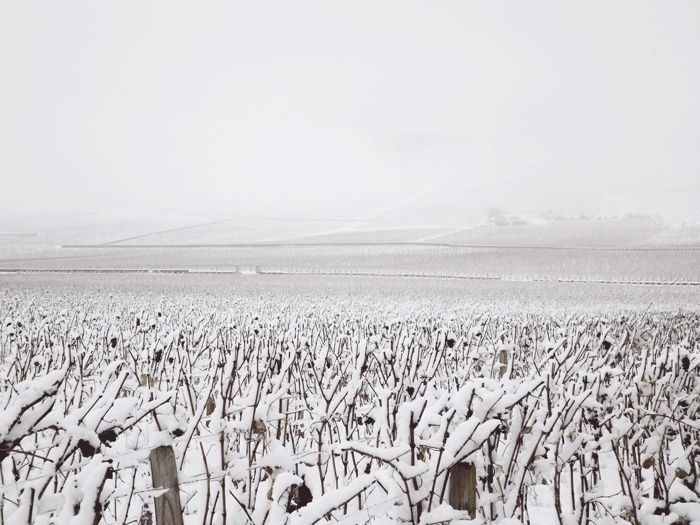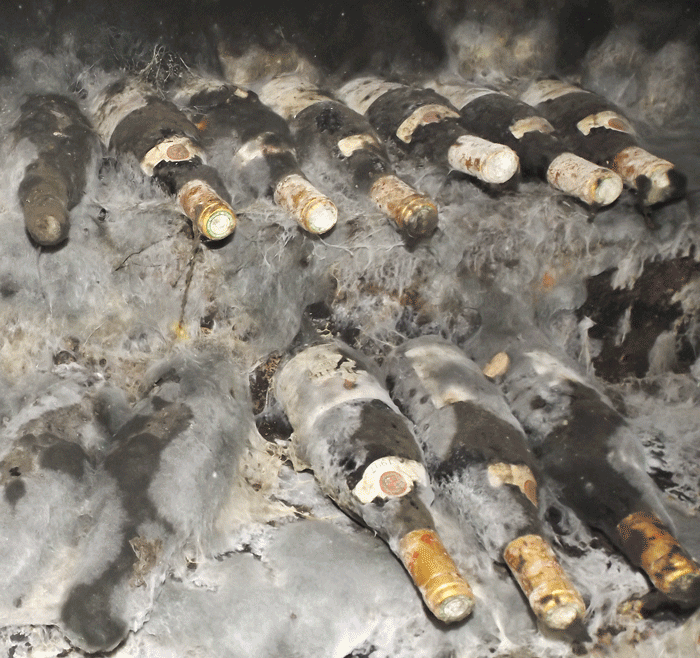Tasting Burgundy 2012: a novice’s tale…
Author: Emily Miles
As I spat my umpteenth mouthful of wine on the cellar floor, and shuffled my feet to coax reluctant circulation into frozen toes, it occurred to me – not for the first time this week – that this was not what I expected from a tasting trip with Berry Bros. & Rudd.
Instead of the pleasant blur of lingering lunches with famed producers and meandering tours of vineyards that I had imagined, the Fine Wine team’s annual visit to Burgundy is more of a sensory marathon to be undertaken only by those with robust constitutions, unparalleled palates and an uncanny ability to swill wine at 8am.
Piecing it together
For the uninitiated, Burgundy is a complicated prospect. It’s one of the world’s most important wine regions; it’s also one of the smallest. From Dijon at the most northerly tip down to Lyon just beyond its southernmost point, you can drive through it in around an hour and a half, and yet the hillsides which flash past the window contain more appellations d’origine contrôlée (AOCs) than any other French region. That, of course, would be tricky enough, but in Burgundy you also need to consider that all but a handful of the vineyards are divided up between producers, with some owning just a few rows of vines. Understanding the wines, then, requires a grasp of geography, geology, genealogy as well, of course, as oenology.
While our minibus threaded down the D974, I had hoped to begin to piece together the jigsaw of vineyards: the fog had other ideas, however, and I could only speculate as to what might lie in the seasonal murk. Our schedule of tastings was intense: in five days we would visit 50 producers, and sample around 500 wines – a dizzying prospect. And, while you might think it would be impossible to recall everything we tasted, perhaps the most surprising thing of all is how clearly some wines we tried stood out.
And so, to the wine
For a novice taster, I was lucky: 2012 was an “easy” vintage and, almost without exception, it was already possible to delight in the amount of fruit and brightness on show. Even with the more “structured” beasts that had years before them until they will be ready to drink, there was a delicacy and elegance that was a real pleasure. While the generosity of the wines became a common theme, so too was the refrain of the vigneron: “quality exceptional; quantity terrible.”
As we visited cellar after cellar (with Gallic shrug leading on to Gallic shrug), it became clear that the conditions for 2012 – and, of course, for the newly harvested 2013 – had been challenging. Late flowering combined with hail that – for some – was devastating, meant that the quantities were vastly down. But, behind the mournful glances around all-too-empty caves, there was also a sense of belief – and excitement – about the wines which had been made: we were tasting something remarkable.
For me, it became increasingly clear that Burgundy is just as much a story about people as it is about the terroir which producers are universally striving to express in their wines. Caroline L’Estime, who heads up Domaine Jean-Noel Gagnard, showed us wines which seemed to encapsulate her own energy and elegance. While over at Benjamin Leroux, we tasted an impressive series of both reds and whites which harnessed this young producer’s intensity and precision. At the opposite end of the modernity spectrum was Lafarge, where, in the gloam of cellars filigreed with dust and cobwebs, we sampled nuanced, complex and concentrated wines that expressed what a tremendous year 2012 will be.





